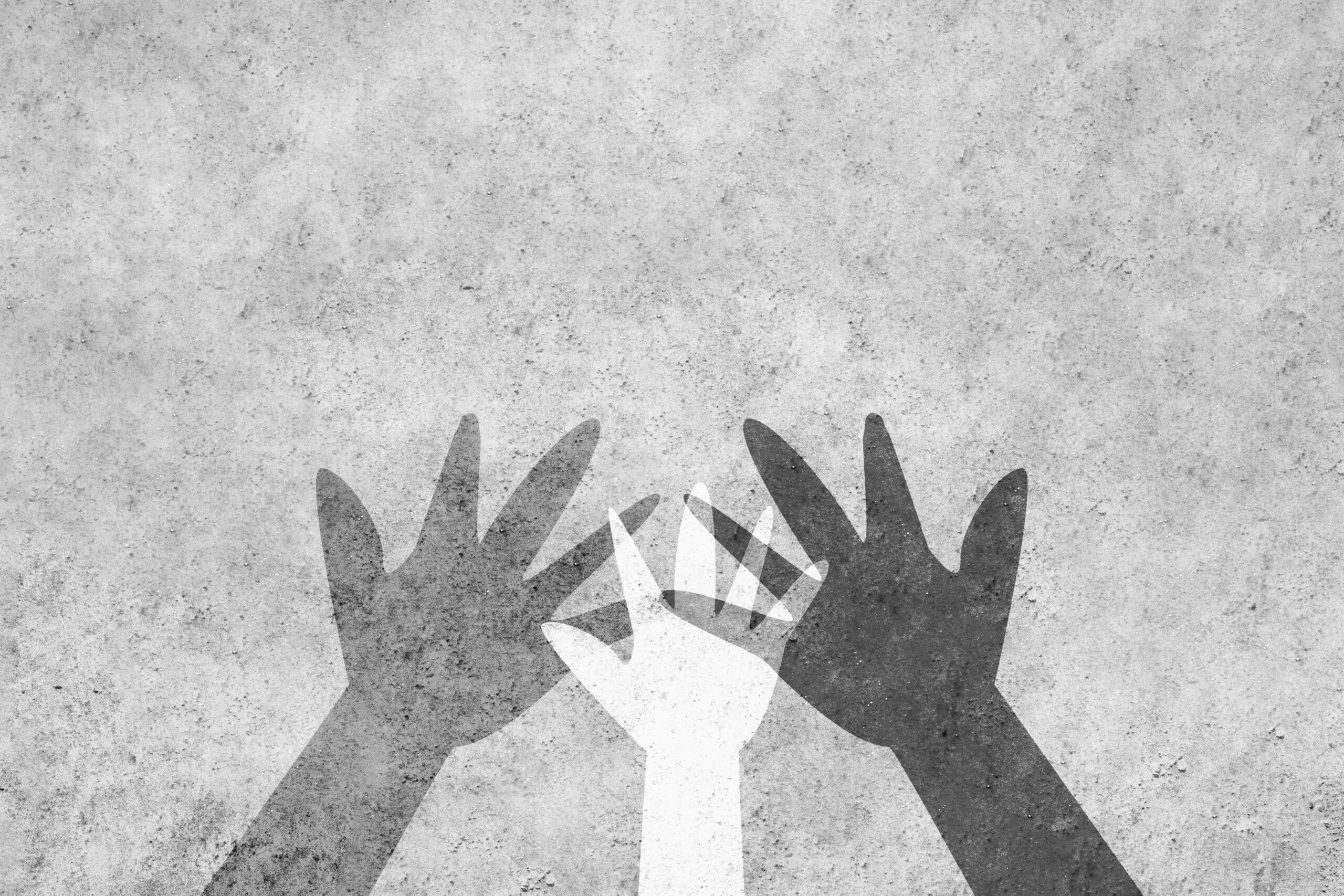“It is a commonplace executive observation that businesses exist to make money, and the observation is usually allowed to go unchallenged. It is, however, a very limited statement about the purposes of business”
– Daniel Katz
It is a commonplace activity among professionals who practice lean or lean six sigma, or continuous improvement, or Toyota Kata to debate the purpose of these philosophies. The purpose is flow, or flow of value to the customer, or perhaps it is to improve quality, or reduce inventory, or to develop people who can solve problems. No statement like this goes unchallenged, and comments sections grow lengthy with passionate declarations of agreement or disagreement. Underlying this vigorous debate is the assumption that the purpose of the business is to make money. I get it. I am a business owner, and I am (of course) in favor of my business making money, and if an improved flow of value to customers or better quality or reduced inventory helps that aim, that’s terrific. Let’s do it! But is the purpose of lean thinking ultimately only to assist in making money?
I see little discussion however among continuous improvement professionals of the human impact of the work we do. Now is a particularly good time to do that. Black people are crying out for systemic racism and injustice to be seen and to be eliminated. We need to ask, what are the moral and ethical implications of the work we do?
· Does our work promote a world of equity and opportunity, or does it perpetuate, directly or indirectly, the existing system which benefits from low wages, reduced benefits, limited opportunities, and white-focused “professional standards?”
· Are the tools and approaches we learn and share used to improve people’s lives or only to build the bottom line?
· Do the changes we make advance economic prosperity for all, or only for the executives and shareholders?
· Do the lean management and coaching systems we build take cultural differences into account?
· As we help to design work that is ergonomically safe and work schedules that are cost-efficient, are we also taking care to design work and work schedules that are accessible to people who have had different educational opportunities, need a living wage and health insurance to thrive, need to take public transportation, or who struggle to obtain child care?
We have powerful tools at our disposal. Respect for people demands that we use our powers for good! If we haven’t learned to see the racism and inequity inherent in our workplaces, we will miss opportunities to do so. It starts, like all lean thinking with ourselves, and an examination of our own biases, blind spots, and clarification of our own values. It starts with going to the gemba of Black people’s lived experience and watching and listening until we start to understand what is happening. It starts with looking around to see who is in the room when decisions are being made, and noting who is absent, or who is not being heard when they speak.
I believe that everything we know how to do as lean thinkers, as continuous improvement advocates, can be used to build workplaces and a society that is getting better and better at reducing racism. Let’s improve the flow of justice to the people. Let’s build a bottom line of equity. Let’s improve the quality of people’s lives, employees and contractors and customers. Let’s give lean thinking a higher purpose.





